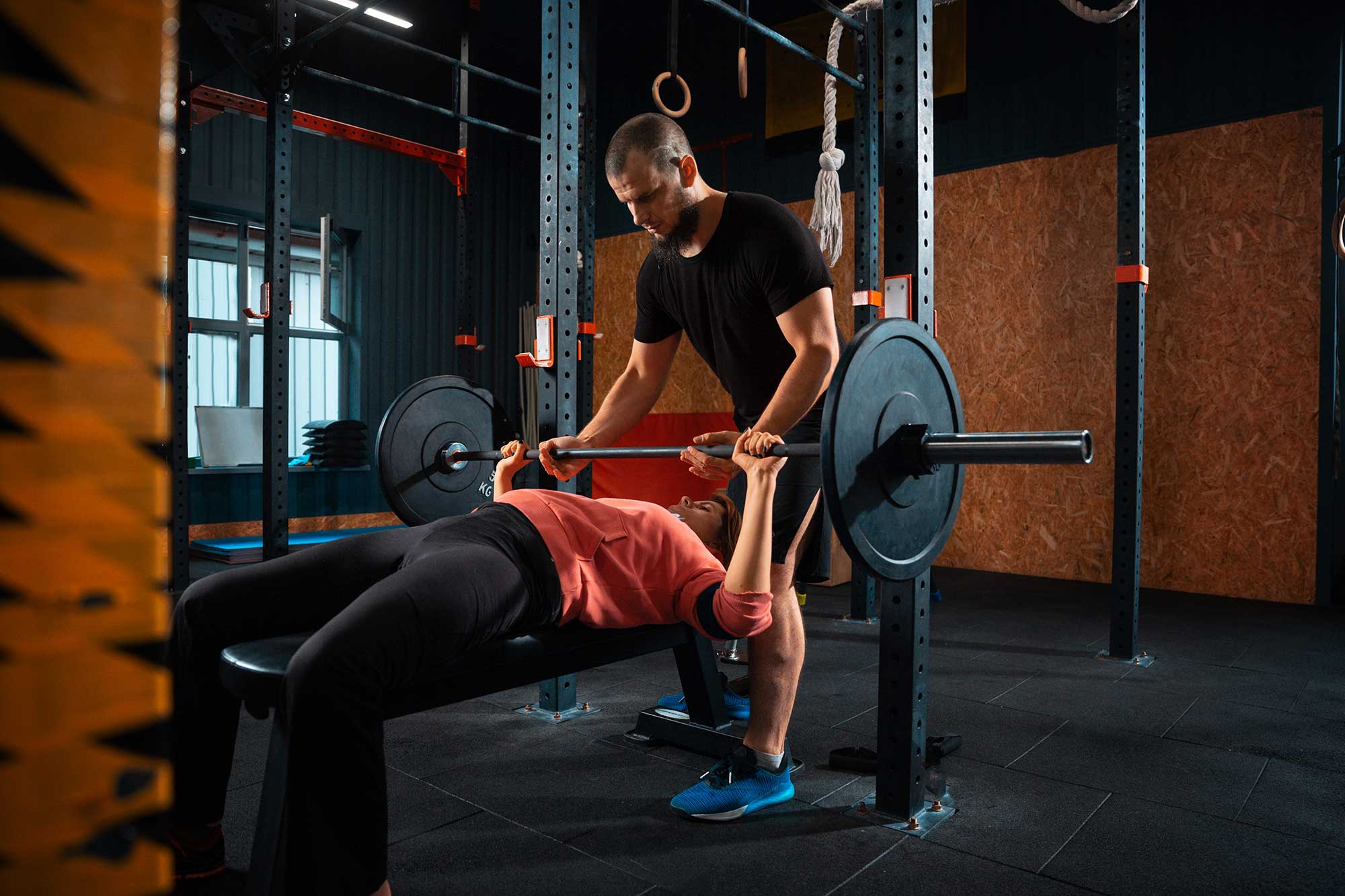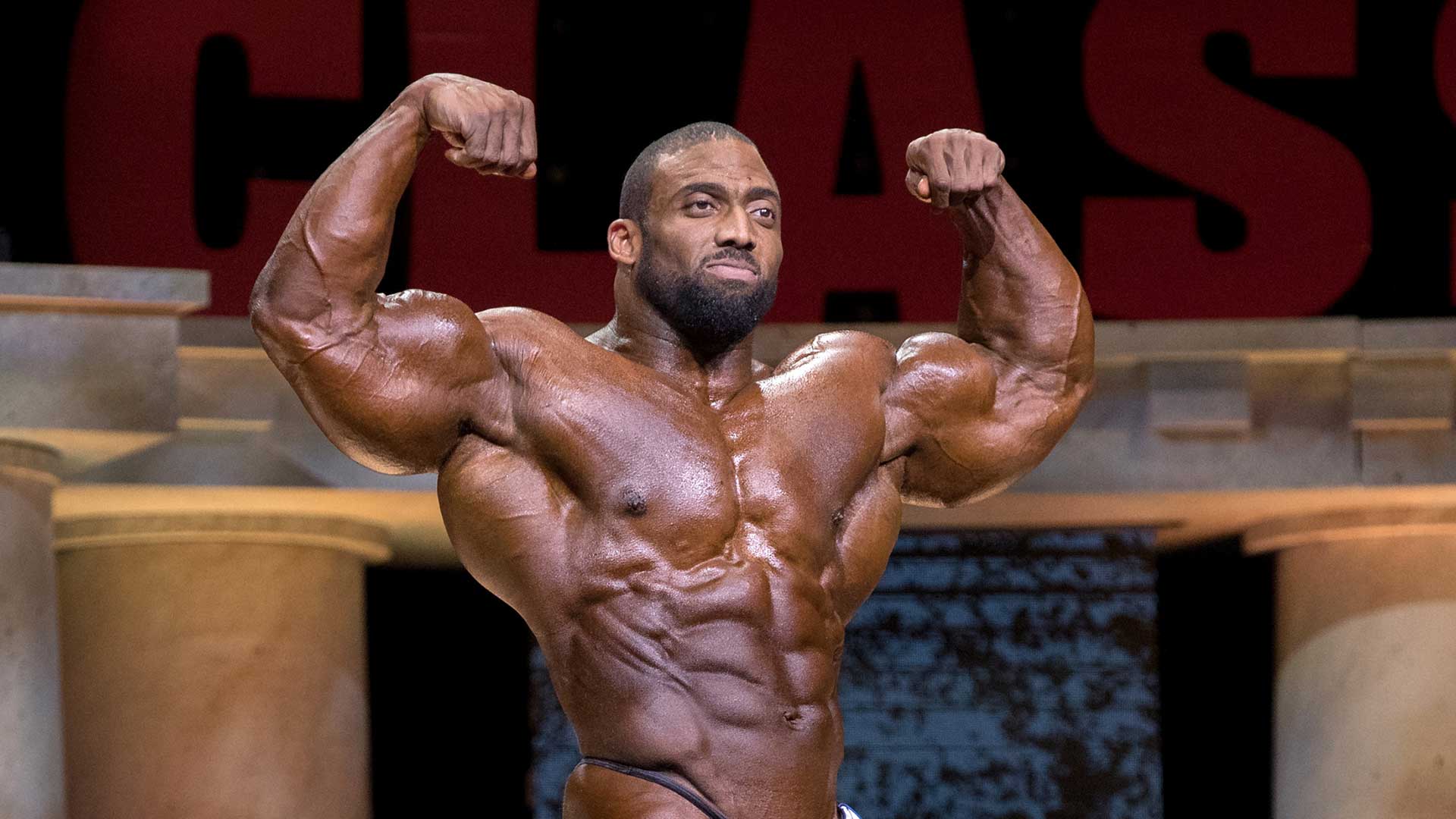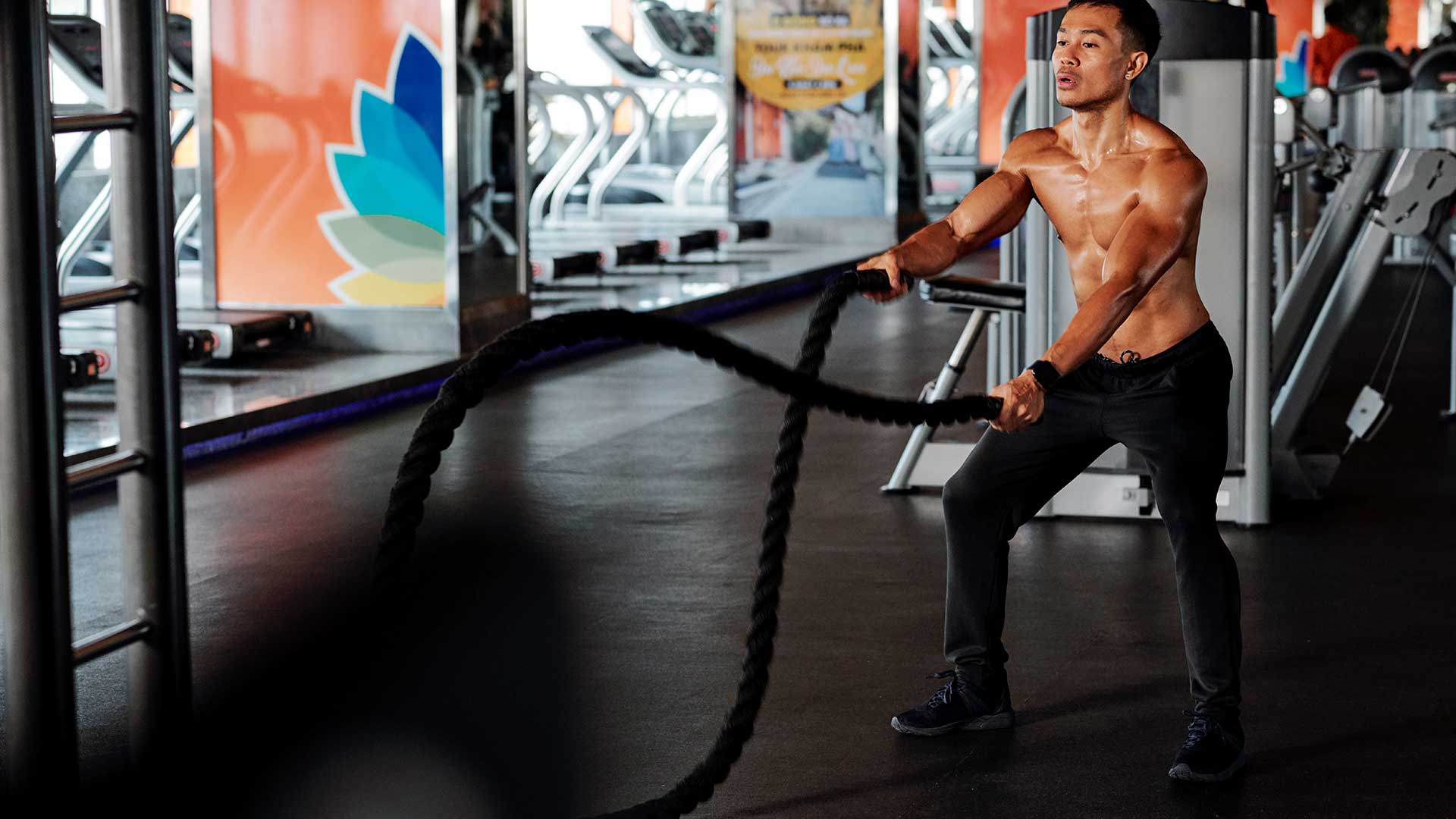Check out these 5 Reasons to Add Eccentric Training to Your Workout Routine.
Although you may be making progress with traditional training methods, you might find that eccentric work is just what you need in order to overcome your training woes.
Although conventional strength training may include eccentric loads, you can limit the eccentric portion of the lift with your concentric abilities. This prevents eccentric contractions from reaching the overload stimulus and results in undertrained muscle fibers.
You’re preventing your body from reaching its full potential by not pushing your muscles beyond their limits. When planning your eccentric workout, here are some things to keep in mind. Eccentric training allows you to train with greater loads and more time under tension. It also delays muscle fatigue.
Your eccentric curriculum should include a combination of supra-maximum loads and higher volumes, as well as slow movements.

There are many training methods, but the two that are most popular are the negative and the two/one.
1. Negative Technique
One of the most common methods of training eccentrically is negative training.
Pull-ups are the most common negative-style technique. Negatives have been used for years to increase pull-up strength and reps. To do this, place your chin at the bar, and slowly lower to a dead hold. Now you’re done with one rep.
Negatives can be combined with any exercise. This technique has a downside: in most cases, multiple spotters are required.
For example, take the squat. For eccentric work, you will need to load the bar higher than your 1RM. This could be anywhere between 105-130%. Your spotters will help you un-rack the bar and assist you in descending into the squat using your full range of motion. Your spotters will help you re-rack your bar once you have reached the bottom of the squat.
You can choose the less demanding alternative if you don’t have the spotters or the weight to do a full set of negatives.
Your usual load should be used for your eccentric phase. Make it a point that you complete the eccentric portion as slowly as possible. A lighter load (e.g. 70%) will result in a longer eccentric phase. However, a heavier load will restrict the time you can drag out this contraction.
This method has one problem: you’ll burn out faster because you’re still doing the eccentric phase. This will drain your energy much faster than the eccentric-only version.
Back shot of a man in a shirtless position doing pull-ups at the gym
2. Two/One Technique
This technique is simple and can be used to highlight eccentric muscle actions.
The two/one method allows you to perform the concentric portion of the exercise using both your limbs, while the eccentric part will be done with only one limb.
This will limit your options for exercise. Although squats can still be done, I recommend the Smith machine. The leg press is a safer and better option in this situation. Upper body exercises such as rows and presses can be done with the cable machine. Perform up to five repetitions of each exercise with each limb, before switching to the next.
You can use the two-and-one technique with many exercises that involve both the upper and low body. An appropriate weight is important when choosing a workload. This will allow you to get through the concentric phase quickly, while still being challenging in the eccentric phase.

Eccentric Training Ideas
The recommendations for the nuts and pieces of an eccentric training program are still somewhat unclear. There are currently no guidelines for eccentric training because it is a new concept.
Recent research published in The Journal of Strength and Conditioning Research found some interesting results when it compared an eccentric 1RM Bench Press with a concentric 1.RM Bench Press.
The eccentric load was 124% higher than the concentric when it came to the maximum load that subjects could carry. Researchers found that subjects could perform significantly more reps at 90% than their 1RM with eccentric training as compared to concentric training.
These results show that concentric and eccentric training programs can be used in different ways. To determine which training protocols are eccentric, more research is required. Do some experimentation to determine how you respond to this type of training.
Begin slowly with only a few reps. Then, focus on the speed of your movement. The slower is better. You can perform eccentric movements that take three to six seconds with heavier loads. You can extend your eccentric window up to 15 seconds by working with loads that are lower in intensity.
Eccentric training causes muscle tissue to be mechanically damaged, which can lead to muscle damage. Although some muscle damage is necessary to allow for adaptation, eccentric training can push your body beyond its limits and lead to overreaching or overtraining. Allow your body to adjust slowly by introducing an eccentric stimulus slowly.
You’ll notice a change in your muscles as they respond to the demands. This will lead to gains in strength, hypertrophy and muscle mass that you didn’t previously have.


























